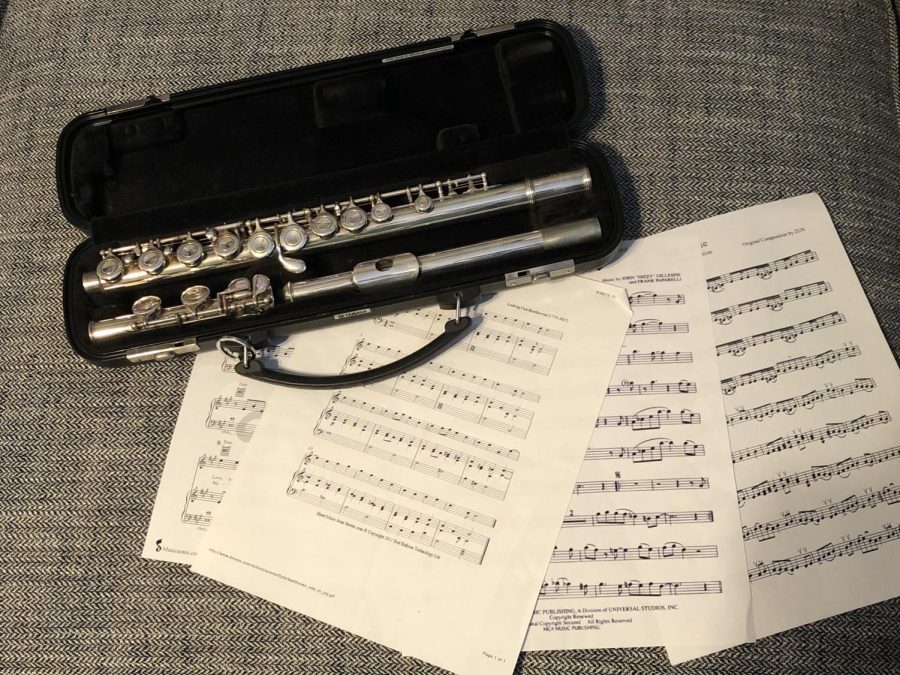Amador Music sets seating tests as inclusive piece of program
Students are given scales and a piece of music to perform during the seating test to judge their playing abilities.
February 17, 2022
Seating tests for Amador band and orchestra classes are underway, but how are players ranked? Are these seating tests just another mode of competition at Amador?
“I don’t think any of the students look forward to them, I really try to let the students know [that] some students thrive in competition and some students don’t really like competition. We try to downplay this as a competitive thing, I know that the students sometimes look at it that way, but we’re not looking [at it] as a means of fueling the competition within the band,” said Band Director Jonathan Grantham.
The Wind Ensemble courses require seating tests to be accepted for the class, while the Symphonic bands offer seating tests to gauge a student’s abilities and progress throughout the year. However, seating tests do provide the answer as to who will sit in the first chair spot, and who follows (second chair, third chair, et cetera).
“This year we are asking the students to do three major scales, which are a pattern of notes that you practice going up and down over the full range of the instrument and a short solo excerpt where they have to learn a melody specific to their instrument in order to demonstrate skills that make sense to that instrument,” said Grantham.
Pleasanton sports teams have a history of ranking players and benching the players with less ability during games. While Amador Music ranks musicians as well, it tries to lessen competition as it is in the students’ best interests to know where they stand in the group, and see their progress.
“Especially if you have a really small section I don’t think it really matters where you are because your part is really important no matter what,” said French Horn player Dara Perkins Arango (‘22).
So, are these seating ranks similar to sports coaches ranking players by number? Not as much as one might think. While players are still being ranked, the tests don’t hold any power over who plays in the concert. Amador’s music department strives to be as inclusive as possible, and nobody gets benched.
“We try really hard to make students understand that they all have a place of importance regardless of what chair they sit, because all of the parts are necessary. We have a responsibility to make sure that all of the students are prepared, and the differences in the parts between first chair and twentieth chair are not so significant,” said Grantham.
Seating tests don’t just apply to band — orchestra students must get through them as well, however this year students have the ability to submit recordings, rather than be tested in-person.
“I think a lot of people know where their level is, so there’s sort of an expectation for where you’re going to be. I think it’s good to keep some kind of order in orchestra and it’s kind of nice honestly because everyone around you is your skill level, so you’re not intimidated by all the people in the front,” said violin player Brandon Huinh (‘24).
A little friendly competition never hurts anybody, but the stress that comes with seating tests can be at times unhealthy and unforgiving. It is important for music students to remember that it is more a test of seeing how far they’ve come playing-wise, rather than a competition among peers.
“There’s a lot of strain between the Wind Ensembles because you really fight hard to get into those, but in the Symphonic bands it’s not as important because we kind of don’t really care as much when it comes to them, we’re just there to play and have fun,” said Perkins Arango.





